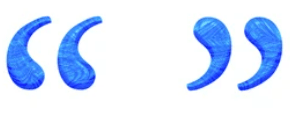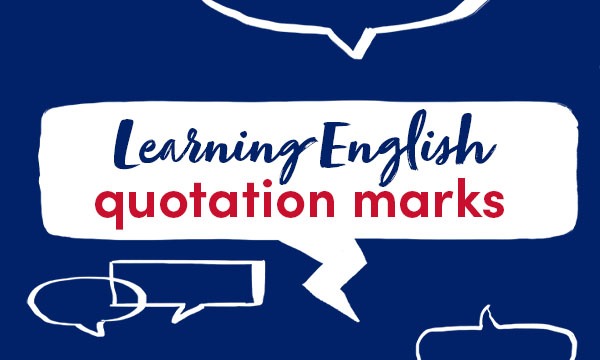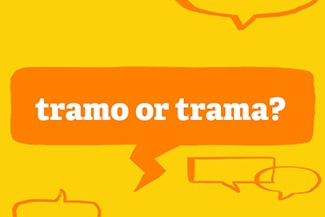
Quotation marks are mainly used in direct speech. Direct speech gives the actual words that a speaker is using or has used. It is common in novels and other writing where the actual words of a speaker are quoted. In British English, these marks can also be called ‘inverted commas’.
The words spoken are enclosed in single or double quotation marks.
“I’ve already seen it,” John replied.
‘Have you been to the new shopping precinct yet?’ enquired Shona.
The comma usually comes inside the quotation marks.
‘Keep your voice down,’ I whispered.
The exception is when the reporting verb is positioned inside a reported sentence that itself does not require a comma.
‘There is’, Monica said, ‘nothing we can do about it.’
Single quotation marks are sometimes used:
- to draw attention to a word
The word ‘book’ can be used as a noun or a verb.
- to indicate an unusual use of a word
She pointed out that websites used for internet voting could be ‘spoofed’.
- to insert a quote within a quote
He said, “I told you to say ‘Open, sesame’ when you want to enter the mountain.”
- to suggest that the writer want to be distanced from a word.
I don’t agree with this ‘influencer’ business.
Note that the full stop comes after the quotation marks in such cases.
For further information on English Grammar, visit https://grammar.collinsdictionary.com/easy-learning
Come back for other blogs on using English in everyday situations:
https://blog.collinsdictionary.com/language-learners/learning-english
All opinions expressed on this blog are those of the individual writers, and do not necessarily reflect the opinions or policies of Collins, or its parent company, HarperCollins.



